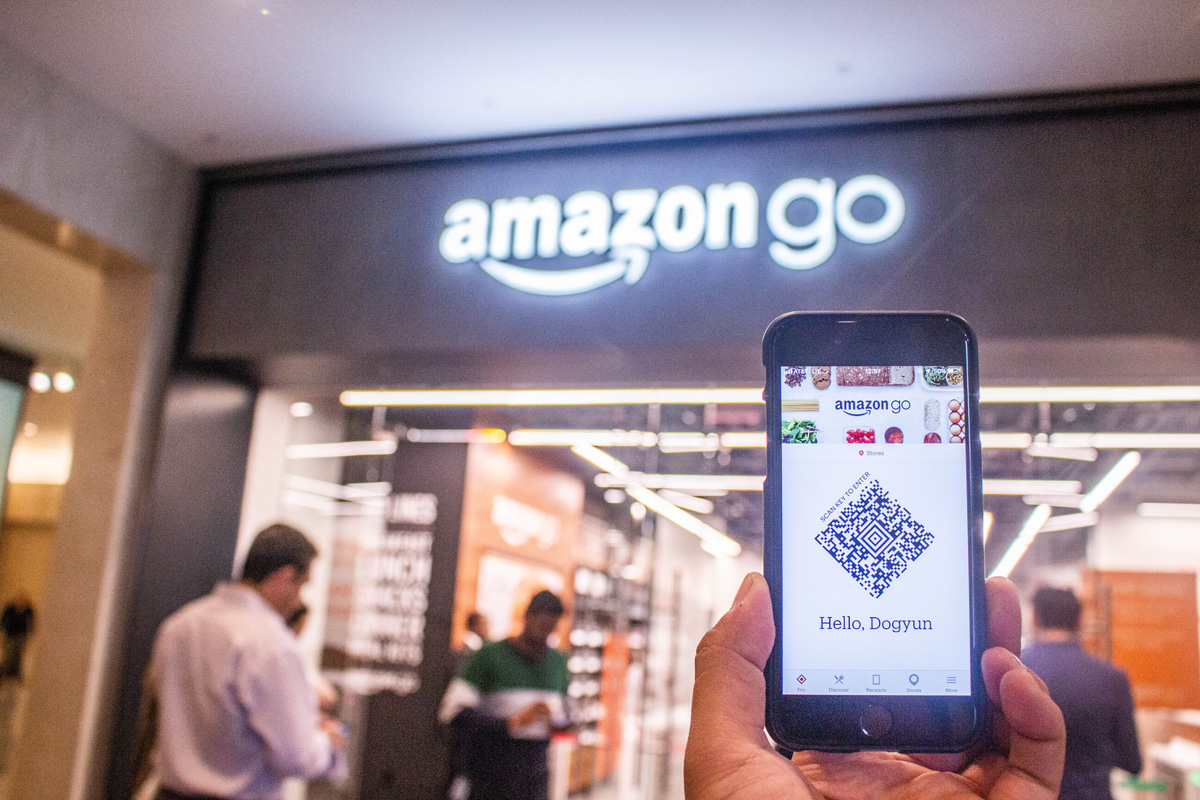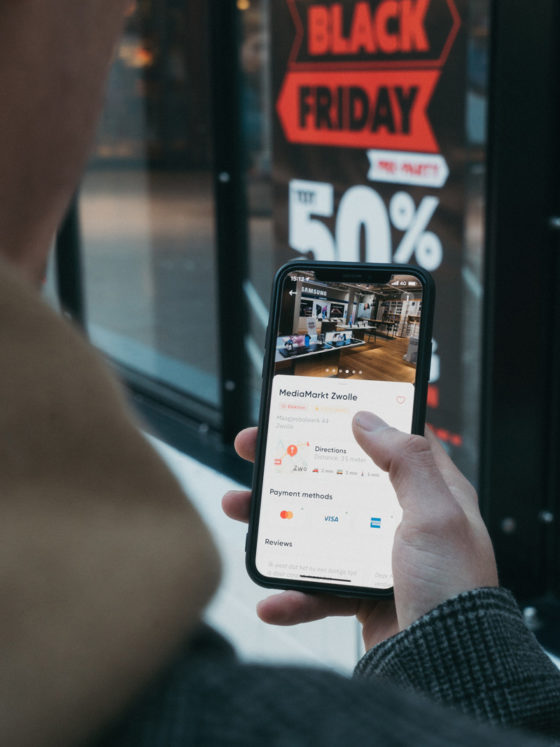It’s an exciting time to be part of the retail industry. For years, there have been hand-wringing warnings that brick-and-mortar was dying.
There are still factors that keep the retail real estate market on edge – concerns about inflation, recession, the supply chain, rising material costs, and geo-political instability mean assessing risk must be part of the decision-making process. However, even with those concerns, the economy has remained stronger than expected, with retail sales growing moderately.
As it turns out, people still really love to shop in person – so much so that brick-and-mortar is seeing a revival. This revival is driven by a change in consumer behavior as well as a change in retail strategy, consumer demand, and the state of retail real estate.

Changes in Consumer Behavior Require Retailers to Adapt
Shoppers are becoming more sophisticated and selective, turning away from traditional department stores. Their expectations also are changing. While this was, in large part, accelerated by the pandemic, shoppers were already beginning to demand more from the shops they frequent. The focus for consumers is on the shopping experience.
When it’s so easy to get what you need delivered at the click of a button, physically going into a store needs to be about more than just acquiring stuff. Perhaps that is partly why shoppers are not patronizing traditional department stores, which have been steadily declining, while at the same time surging to the new, exciting experiences being offered by DTC brands that are opening physical stores.

Rethinking The Store Experience
The U.S. leads the world in retail real estate market growth, so how do retailers take advantage of that growth and position themselves for ongoing success? How can they ensure they are choosing the right locations and putting themselves in the best position amid fierce competition? How are current trends in commercial retail shaping the retail landscape?
Many retailers are rethinking their store experiences. They are experimenting with store design and location; they’re meeting consumers where they want to shop. This has resulted in innovations in retail, from pop-ups and temporary shops to adjusting where stores are placed, what product mix they carry, and the size of the store. It’s an exciting time for retail leaders who are open to discovering new ways to connect with consumers and reinvent themselves.
Let’s take a look at a few of the factors impacting the shifting landscape of retail real estate.
Fierce competition in top-tier centers and street locations has altered location strategy for many retailers, driving them elsewhere. This has been amplified by a mass exodus to the suburbs by consumers who can now work remotely and prefer to shop in their own neighborhoods. As consumers seek more community and connection, retailers are responding. In an interview on the Shopify blog, Vinny Martinelli, owner of Helios Sunglasses, a sunglasses and apparel store in Rehoboth Beach, Delaware, summed it up: “COVID changed everything, especially [the] shopping experience. More people [are] working from home and staying local.”
A high number of retail vacancies is encouraging retailers, particularly DTCs, which embrace the entrepreneurial spirit of retail, to try new locations and store types. With some legacy brands exiting and a variety of DTCs moving in, the real estate market is red hot right now. Digital-first brands are gobbling up the hottest locations and bringing new retail experiences with them.
Branching out beyond physical retail, some retailers are experimenting with frictionless technology (BOPIS, tighter integration between online and in-store, and sophisticated apps), retail healthcare, and improving the user experience in order to deliver better experiences to consumers.
Radical reductions to lease lengths have made initial lease negotiations much more critical. However, these changes also allow retailers to experiment without the six- to 10-year renewals that used to be required to secure the space.
Lease complexities require expert tenant representation to ensure there are appropriate protections in place. Provisions that were introduced during the pandemic are now being baked into leases as a matter of course to ensure retailers have recourse for situations beyond their control.

Embrace Change To Find Success
In his book, Secrets of Retail Real Estate: How Successful Retailers Win, ASG founder Steve Morris explains:
“Successful retailers are reinventing their customer-facing practices and technologies to create a unified customer experience. Real estate decisions and approvals can no longer be processed on a center by center, deal by deal basis, but must reflect broader market, portfolio, and customer engagement strategies. This is the new real estate world.”
Finding the Right Location in this Environment
To find the right location in this shifting landscape requires access and understanding. “It’s critical to understand how markets develop and how they’re changing,” explains Doug Tilson, who leads ASG’s Tenant Representation. “That can only happen when you have access to up-to-date, comprehensive data.” Using accurate data to drive decision-making and working with a trusted tenant rep partner can help you determine what’s possible in a retail real estate landscape that is constantly evolving.




